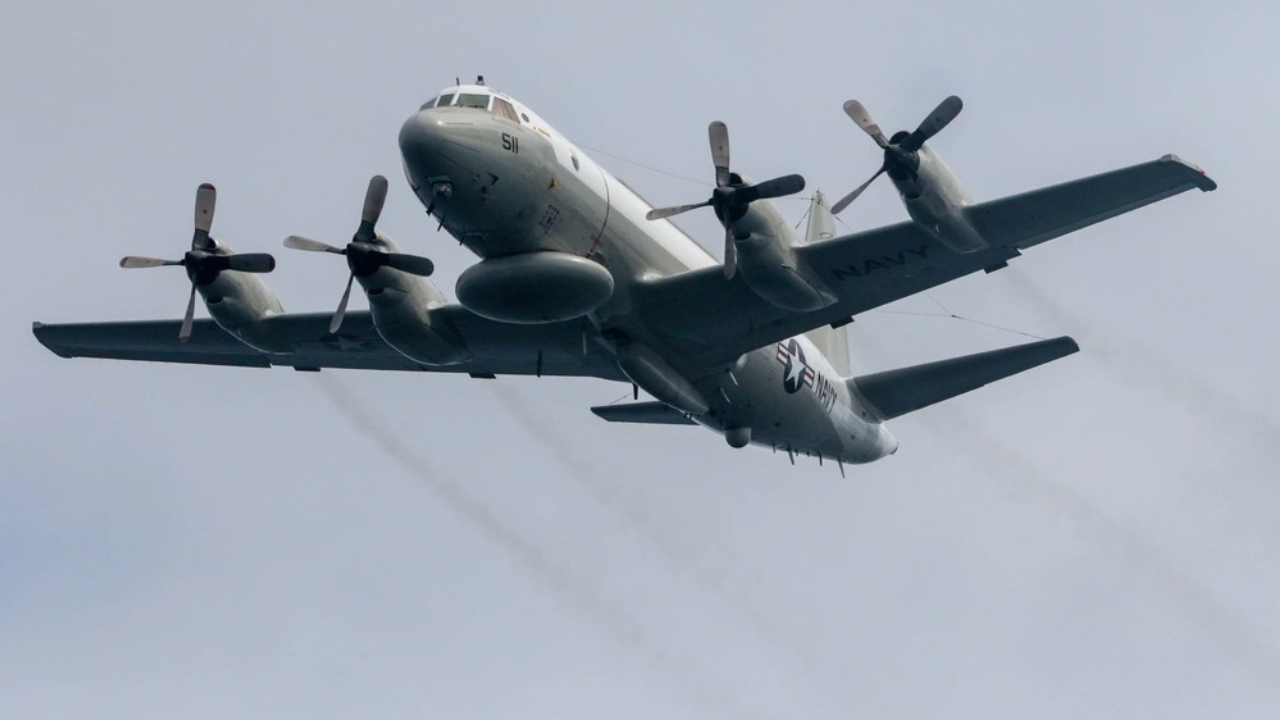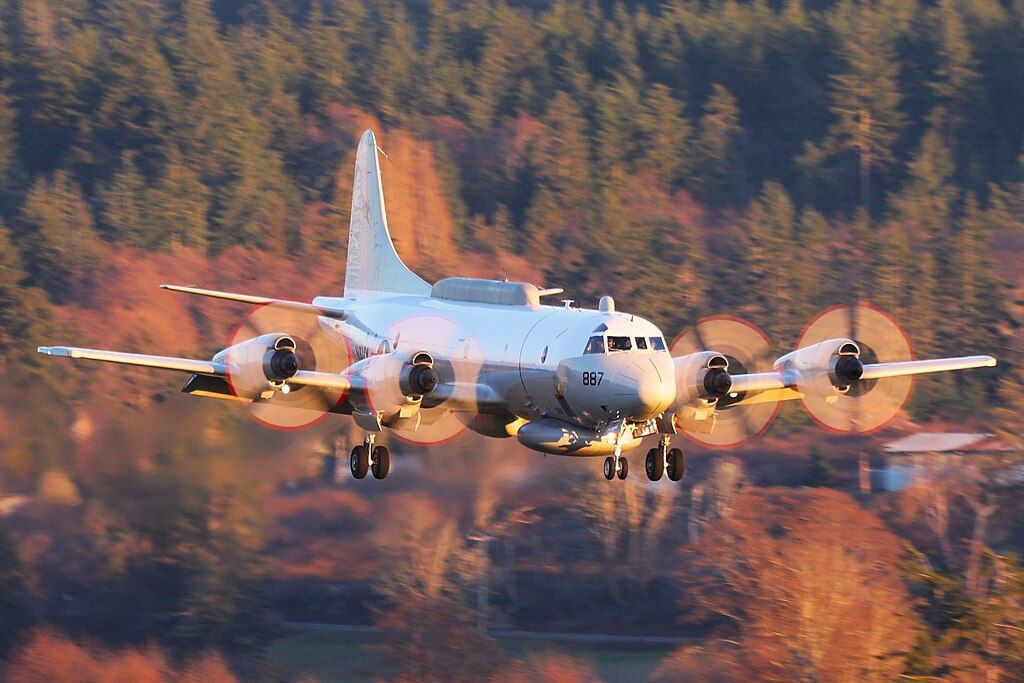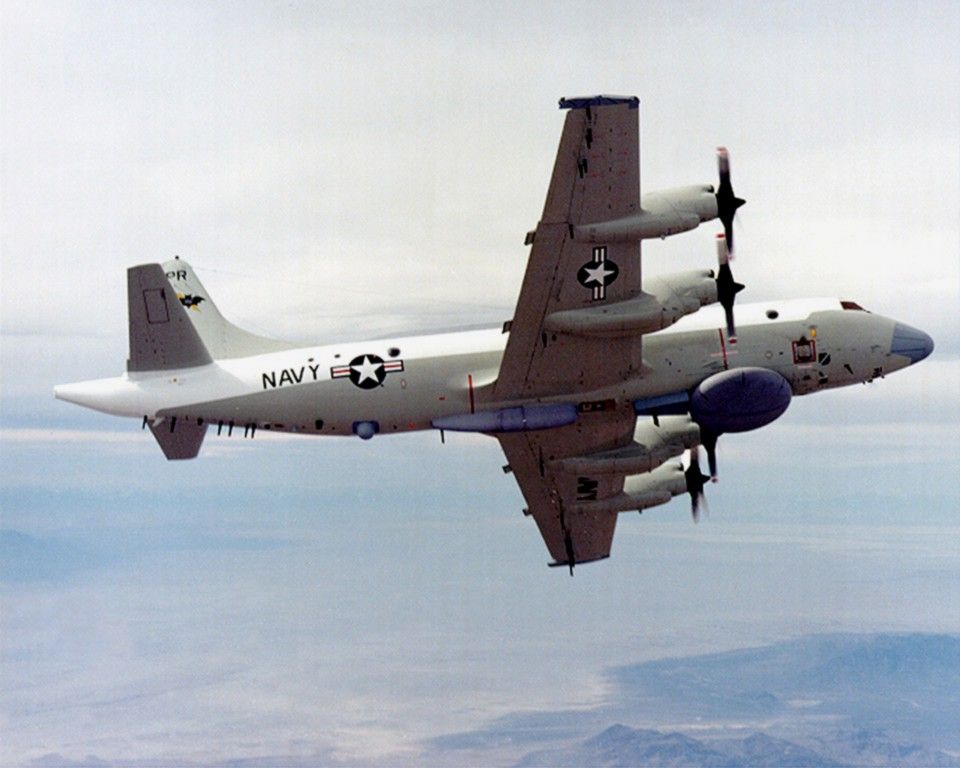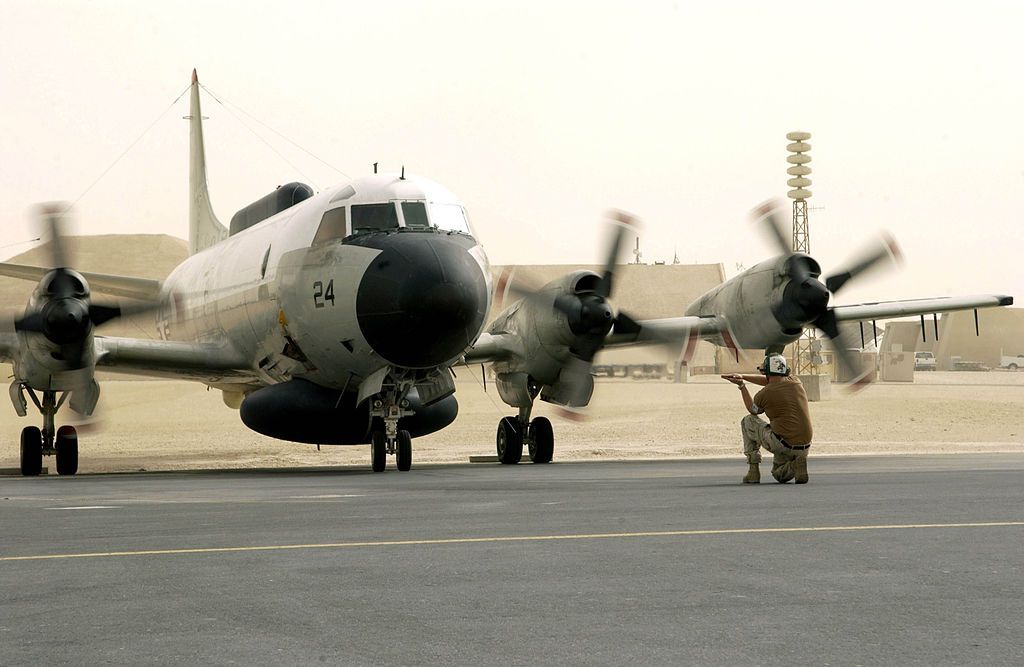The Lockheed Martin EP-3E Aries II is a vital part of the US Navy’s intelligence-gathering operations, designed for electronic surveillance and reconnaissance. As a key component of naval intelligence, this aircraft plays a crucial role in missions that require monitoring, data collection, and signal interception.
In this article, we’ll explore five fast facts about the EP-3E Aries II spy plane, highlighting its unique capabilities and historical significance.
1
Designed for Intelligence, Surveillance, and Reconnaissance (ISR)
An important aircraft in the US Navy’s arsenal
The EP-3E Aries II is specially equipped for ISR missions, collecting real-time intelligence data for the US Navy. According to Military.com, the aircraft is equipped with sophisticated systems capable of intercepting and analyzing communications and electronic signals across a wide frequency range. Its intelligence-gathering abilities provide vital information for military operations, helping the Navy maintain an edge in electronic warfare.
Key characteristics of the EP-3E Aries II:
- Role: Electronic surveillance and reconnaissance
- System: Signals intelligence (SIGINT)
- Capabilities: Intercepts, identifies, and locates enemy communications
- Crew: Up to 24 crew members (including operators and technicians)

Related
5 Notable Reconnaissance Aircraft Of WWII
Most reconnaissance aircraft served in every theater during WWII.
The EP-3E’s ISR focus enables it to provide critical real-time intelligence, which can assist in identifying threats, tracking enemy movements, and supporting strategic military planning.
2
A modified version of the P-3 Orion
Featuring cutting-edge technology
According to the Naval Air Systems Command, the EP-3E Aries II is based on the airframe of the P-3 Orion, a long-range maritime patrol aircraft. While the P-3 Orion is primarily used for anti-submarine warfare and patrol duties, the EP-3E is reconfigured for electronic warfare and surveillance, featuring advanced equipment to monitor and collect signals intelligence. The modification of the P-3 into the EP-3E showcases its versatility and its evolution into a multi-role platform.
Key facts about the EP-3E Aries II:
- Base model: P-3 Orion
- Modification: SIGINT and ISR-focused systems
- Endurance: Over 12 hours of flight time
- Range: 2,380 nautical miles (2,739 miles / 4,408 km)
- Service ceiling: 28,300 feet (8,626 meters)
These modifications ensure that the EP-3E is not just a surveillance aircraft but also an important intelligence asset capable of operating across long distances and extended durations.
3
Packed with advanced surveillance technology
To provide essential data to the US military
One of the defining features of the EP-3E Aries II is the array of electronic intelligence equipment on board, per the US Navy. The aircraft is equipped with a variety of sensors and data-gathering tools designed to intercept communications, track radar emissions, and monitor other electronic signals. These systems can gather critical information about enemy capabilities and provide essential data to US military commanders.
Advanced capabilities of the EP-3E Aries II:
- Surveillance tools: SIGINT systems, radar tracking
- Electronic warfare: Detects enemy radar and communication signals
- Real-time data: Transfers information to command centers
- Key capability: Monitoring enemy movements and communication
- Deployment: Often used in conflict zones for intelligence collection
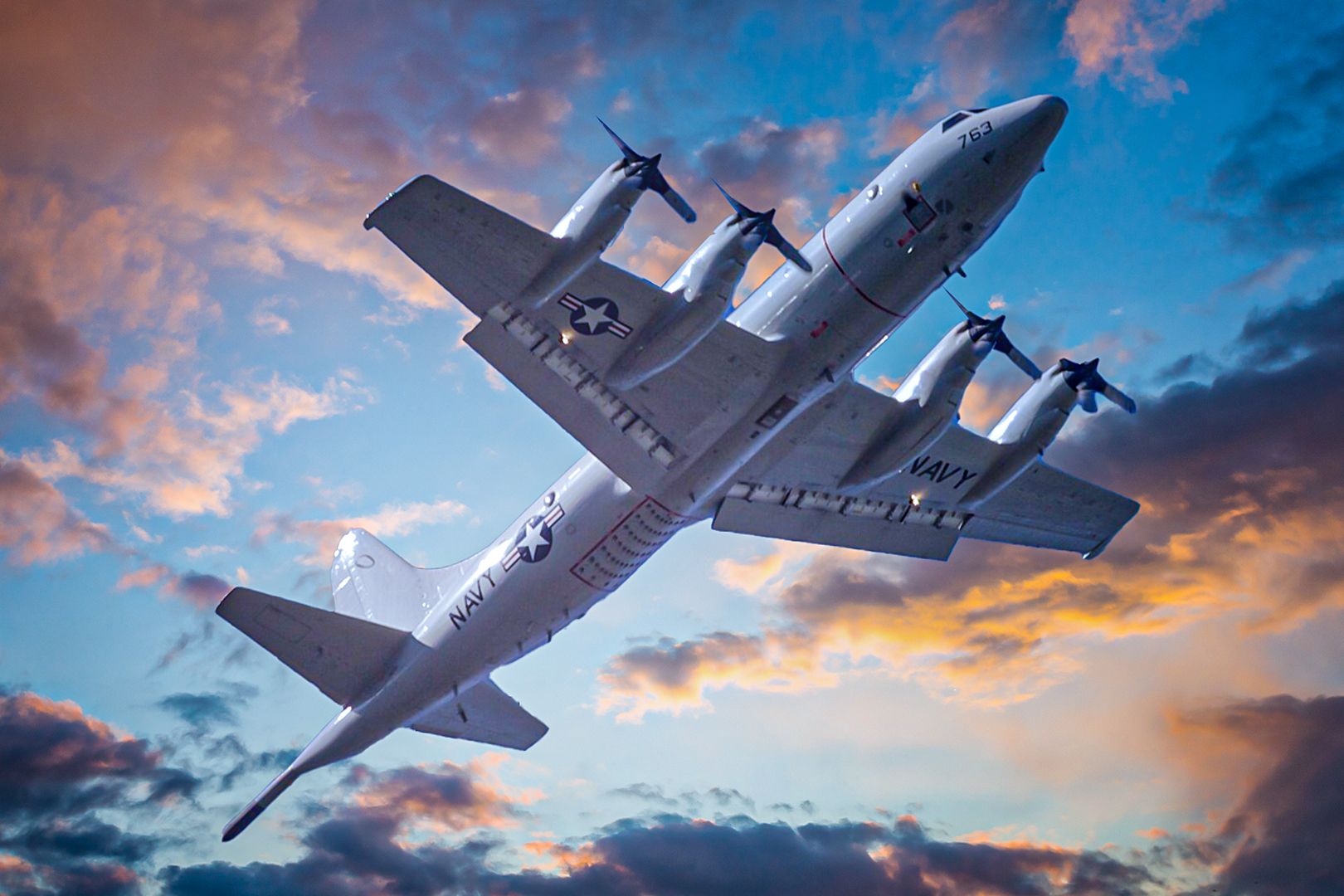
Related
P-3 Orion: What To Know About The US Navy’s Long-Range Submarine Hunter
A deep dive into what made the P-3 Orion a true sentinel of the seas.
The aircraft’s electronic warfare suite allows the Navy to maintain dominance in intelligence gathering, supporting decision-making at the highest levels of command.
4
Operates in sensitive global regions
Deployed on missions around the world
With an increasing emphasis on geopolitical relations, there is a significant need for the EP-3E Aries II in various regions across the globe. So much so that the aircraft’s planned retirement later this year has been indefinitely postponed due to heightened operational demands, per Alert 5.
The EP-3E Aries II is often deployed to regions of geopolitical tension, where intelligence gathering is most critical. Whether monitoring enemy forces in the Middle East, Asia-Pacific, or elsewhere, the EP-3E serves as the Navy’s “eyes in the sky.” Its long-range capabilities allow it to fly in international airspace while gathering intelligence from distant regions, keeping US forces informed about potential threats and adversaries.
EP-3E Aries II’s role in the global arena:
- Deployment regions: Middle East, Asia-Pacific, South China Sea
- Geopolitical role: Monitors foreign military activity
- Covert operations: Provides real-time intelligence to US and allied forces
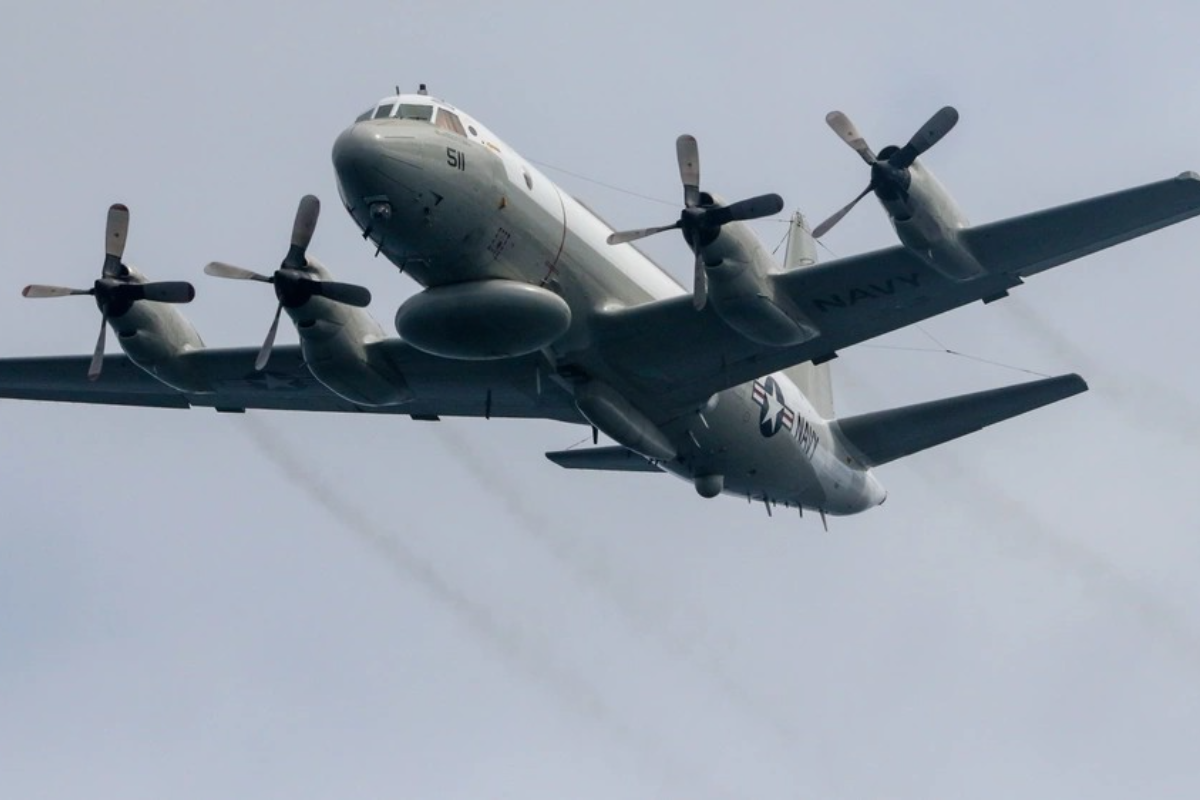
Related
US Navy Delays EP-3E Aries II Spy Plane Retirement
The US will keep the aging P3 Orion-derived EP-3E recon aircraft in service a little longer as it transitions to the MQ-4C Triton.
The ability of the EP-3E to operate in sensitive areas helps the US maintain a strategic advantage and stay ahead of emerging threats globally.
5
Known for a high-profile incident in 2001
Propelled into the spotlight after the Hainan Island incident
The EP-3E Aries II gained international attention in 2001 after a mid-air collision with a Chinese fighter jet over the South China Sea. This event, often referred to as the Hainan Island incident, brought the aircraft into the spotlight and showcased the importance and sensitivity of its missions.
As described in Air & Space Forces Magazine, over the South China Sea Islands – one of the most strategically sensitive areas in the world – a Chinese J-8 made two close passes with an EP-3 that was nearing the end of its six-hour electronic signals intelligence (ELINT) mission.
On the third pass, both aircraft collided, sending the EP-3 into a dive. The crew was forced to make an emergency landing, and the incident highlighted the risks associated with its intelligence-gathering operations in disputed regions.
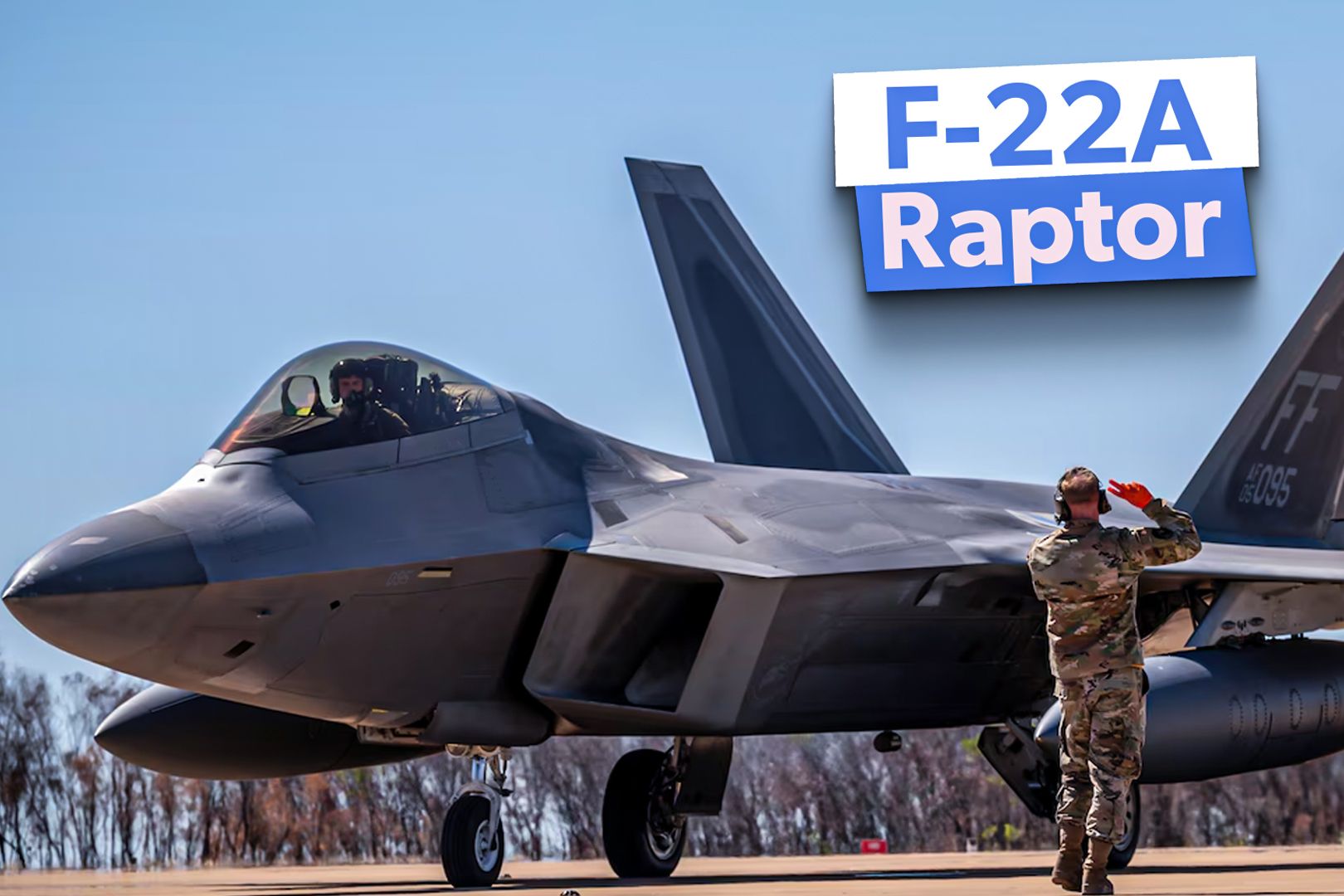
Related
5 Strategic US Military Airbases Worldwide
From Greenland to Japan, these airbases demonstrate the global reach and operational capabilities of the US military.
The Hainan Island incident:
- Date: April 1 to 11, 2001
- Location: South China Sea
- Significance: Highlighted US-Chinese tensions and surveillance challenges
This incident underscored the dangerous nature of intelligence operations and raised awareness of the EP-3E’s role in monitoring foreign military activities.
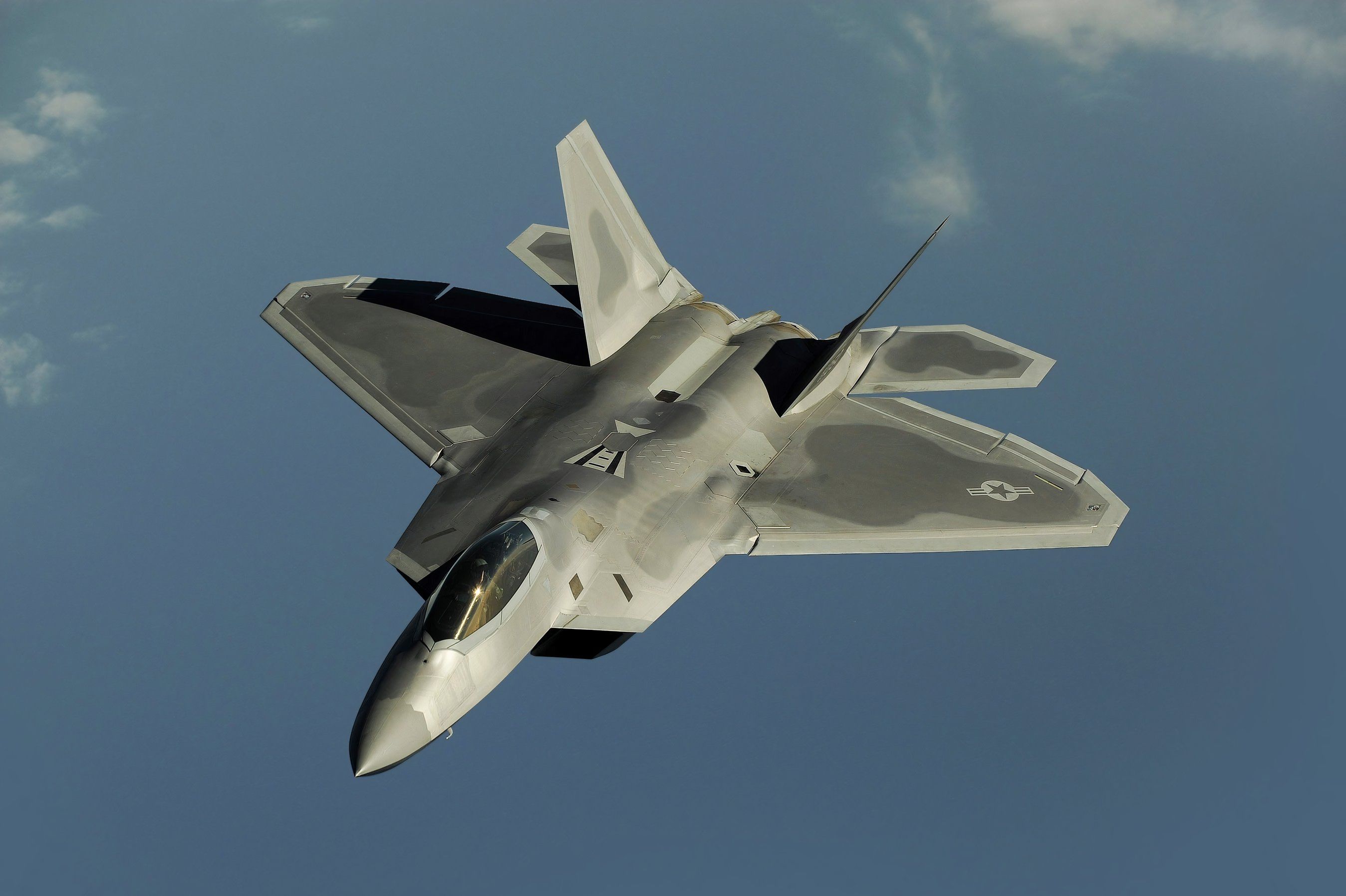
The EP-3E Aries II plays a pivotal role in the US Navy’s intelligence, surveillance, and reconnaissance missions, thanks to its advanced SIGINT capabilities, long-range endurance, and global deployment. Whether monitoring adversaries or gathering critical intelligence during conflicts, this aircraft remains an essential asset in the Navy’s efforts to maintain information superiority.
Its history, including incidents like the 2001 collision with a Chinese fighter jet, also demonstrates the high stakes and risks involved in its operations. By combining a modified P-3 Orion airframe with cutting-edge technology, the EP-3E is built to support the US Navy’s mission to protect national security through comprehensive intelligence gathering across the globe.

